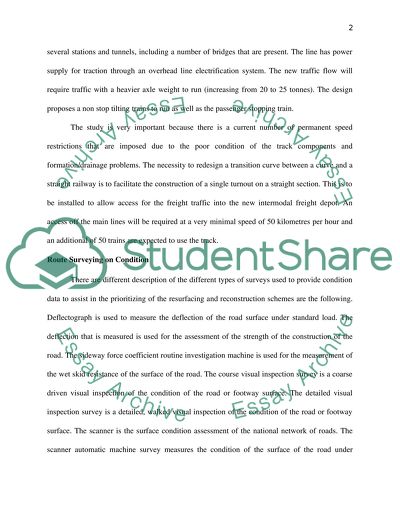Cite this document
(“Track Design for Line Speed Improvement Essay Example | Topics and Well Written Essays - 3000 words”, n.d.)
Track Design for Line Speed Improvement Essay Example | Topics and Well Written Essays - 3000 words. Retrieved from https://studentshare.org/technology/1514827-track-design-for-line-speed-improvement
Track Design for Line Speed Improvement Essay Example | Topics and Well Written Essays - 3000 words. Retrieved from https://studentshare.org/technology/1514827-track-design-for-line-speed-improvement
(Track Design for Line Speed Improvement Essay Example | Topics and Well Written Essays - 3000 Words)
Track Design for Line Speed Improvement Essay Example | Topics and Well Written Essays - 3000 Words. https://studentshare.org/technology/1514827-track-design-for-line-speed-improvement.
Track Design for Line Speed Improvement Essay Example | Topics and Well Written Essays - 3000 Words. https://studentshare.org/technology/1514827-track-design-for-line-speed-improvement.
“Track Design for Line Speed Improvement Essay Example | Topics and Well Written Essays - 3000 Words”, n.d. https://studentshare.org/technology/1514827-track-design-for-line-speed-improvement.


